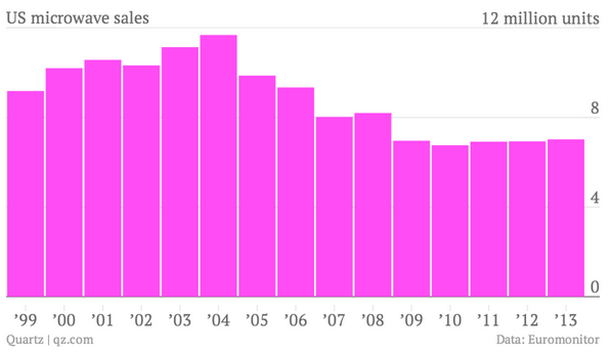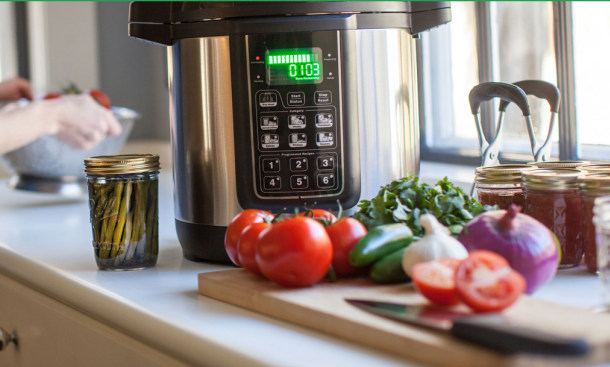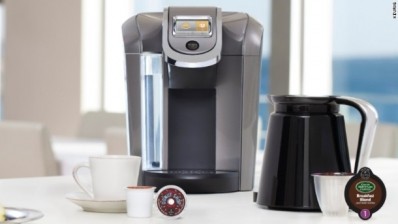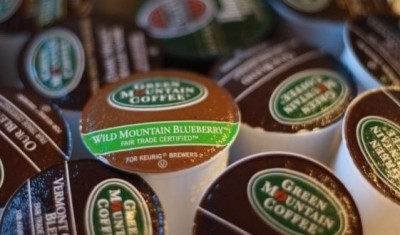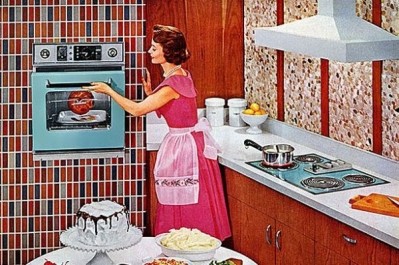The slow death of the microwave and the rise of the Crock-Pot: Can food be too convenient?
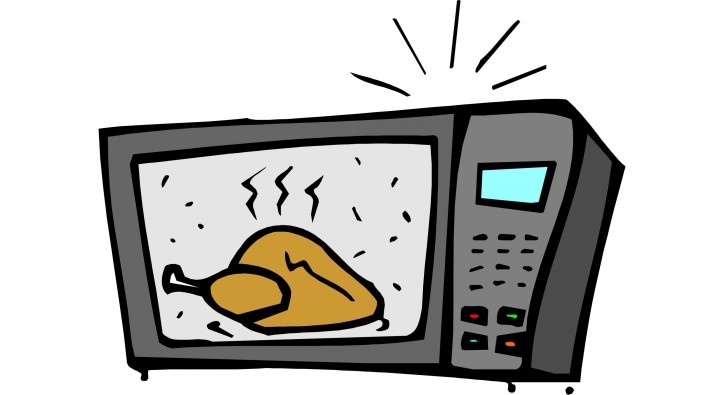
Craig McCarthy, director of strategy at design and innovation firm Altitude, says the rise of interactive vending, Keurig coffee machines and appliances such as the Margaritaville DIY cocktail maker are all modern day manifestations of this desire to feel more invested in food preparation, coupled with a 21st century obsession with customization.
The small appliance category has grown by more than 50% since 2000
A recent article (The Slow Death of the Microwave) by Roberto Ferdman documenting a sharp decline in sales of microwave ovens since 2004 and the rise in sales of other appliances from toaster ovens to crock pots, also highlights this trend, McCarthy told FoodNavigator-USA.
“I think [the drop-off in microwave sales] is indicative of a big shift in consumer preferences that many in the food category aren’t completely aware of yet – that convenience alone isn’t enough.
“In many of the presentations at the Food Summit last week [the Food Technology & innovation Forum in Chicago], I heard the speakers talking about convenience as a prime driver.
“While this is true, I believe there are diminishing returns. In fact, I think that in some cases, things can become so convenient that they actually feel like a sacrifice because the neglect to consider the experience.
“Since technology has advanced so much, people now have the choice to choose things that balance convenience with experience (e.g. involvement) – hence the decline in microwave sales and the rise of toaster oven sales. The opportunity is to consider the entire experience and not simply over deliver on one attribute.”
The kind of food that calls for microwave cooking isn’t cutting it anymore.
Clearly, one explanation for the slump in microwave sales is that everyone who wants a microwave already has one, he observed. But the same applies to toaster ovens, and sales of those have surged 80% since 2000.
Similarly, we reached the point where most households had a microwave (saturation point) many years before sales started declining, so the best explanation for the recent sales drop is that Americans are just losing interest in their microwaves, he said.
This also helps explain the fact that sales of frozen ready meals - many of which are designed specifically for microwave cooking - have been in a funk since 2008, while sales of the ultimate microwaveable food - microwave popcorn - have also been slowing.
In short, as Ferdman explains, “the kind of food that calls for microwave cooking isn’t cutting it” anymore.
Convenience and control
Conversely, sales of slow cookers, crock pots, griddles, and rice makers have surged in recent years, noted McCarthy.
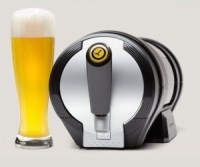
Today’s consumers, he says, still want convenience, but they also want to retain control over the final product, to cook and create, without the hassle of making everything from scratch.
For example, Ball Canning's FreshTECH home canning machine allows Millennials to feel warm, fuzzy and nostalgic by doing something their parents or grandparents did, in a convenient way; while Crock-Pot Cuisine enables shoppers to order chef-inspired meal kits online for home delivery, allowing them to slow cook meals in their Crock-Pots without having to go to the store and work out what they need to make a rustic beef stew or sesame ginger chicken, he said.
“There is also an opportunity to customize the experience by adding certain ingredients and finishing touches at the end.”
Meanwhile, smarter retailers are tapping into this dual desire for convenience and control by stocking proteins, sauces and pre-prepared vegetables together so consumers can grab all the components of a meal in one go and get out fast, he added.
Coke, Keurig and Campbell Soup
Domestic appliances such as Keurigs and SodaStreams also allow consumers to pick exactly what they want - “just the right thing for me right now” - and prepare customized beverages to suit their mood, he said.
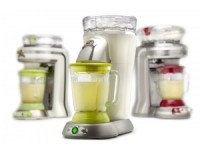
“The fact Coca-Cola has just invested in Keurig also shows it is placing a bet that the industry is changing dramatically.”
But firms need to think beyond the Keurig, he said, noting that just because you can put something in a K-Cup doesn’t mean you should.
"It will be interesting to see if Campbell’s soup in a K-Cup is a hit. The experience will have to be right.”
To take convenience and control to the next level, however, manufacturers, retailers and appliance makers need to work together to create a more seamless experience, he said.
Check out Altitude’s ‘connected cocktail’ concept in the video below for an example of what this might look like:
